Abandoning Routine in the Workplace
VP of Creativity Center at Faber-Castell, Delanie West
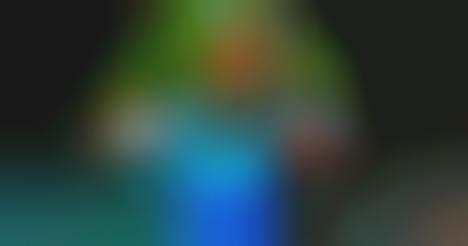 Delanie West works as the Vice President of Faber-Castell's Creativity Center, where her focus lies in product development and design, as well as the design of the brand's marketing and sales materials. She recently sat down with Trend Hunter to discuss the ways in which she chooses to get inspired and innovate in her work.
Delanie West works as the Vice President of Faber-Castell's Creativity Center, where her focus lies in product development and design, as well as the design of the brand's marketing and sales materials. She recently sat down with Trend Hunter to discuss the ways in which she chooses to get inspired and innovate in her work. How does your team generate great ideas and do you have specific rituals to make creativity happen?
I think most important to facilitating [innovation] is making sure that we assign the time for creative thinking and planning. We have to schedule it to ensure that we have open-ended time to tinker and discover. You can easily get caught up in the process and the projects that you’re working on, your current schedule, and you almost feel a little guilty for having this “free” time. It may feel like you’re not getting anything accomplished, but it’s the absence of deadlines and actual process that leaves you open to innovation. So just ensuring that you block out that time for creative, free-thinking in your schedule is crucial.
What are some barriers to innovation, and how do you get around them?
I feel like it’s not having enough time, or feeling like you don’t have enough time. Not setting aside the time for it, that’s one of the easiest things that limits your ability to innovate. The other one is working is a silo, if you’re working in a silo and you’re not looking outside of what you’re focused on that’s really a huge barrier.
I always like to invite others into the process, other people that are outside my department, outside of marketing and sales. Invite other team members that don’t have anything to do with product development into your process, because that always awakens something and unveils something you weren’t focused on. Something that’s always great to do is running a project by a different team – a group of people that normally wouldn’t work on something could uncover some really cool things. Different teams and team members collaborating always yields some interesting results.
How do you identify trends and what resources does your team use to spot trends and insights?
I think it’s about being present. There is so much to be gained from being present in the moment and actively participating in life. I mean, even going to the grocery store, experiencing trends happens the second you walk through the door and as you’re walking through aisles and looking at signage and packaging.
We subscribe to a variety of different trend reports and we read them and we interpret them, but we also attend trade shows. So seeing what’s happening on the ground, talking to people that are also attending, talking to people that are exhibiting, and engaging at all these touch points. At the end of the day, we are able to connect the dots to see what resonates strongest. Whatever it is that you’re looking for, you have all these different inputs to make a decision. I wouldn’t say that it's one of these that’s going to give you the strongest pulse, it’s the combination of all of these actions that’s going to help you connect the dots, which is what reveals a trend or a pattern.
Do you have specific rituals for resetting to be creative?
In my business, we are developing products for launch cycles and so I look at each cycle as kind of a “season” or “year.” Within that season, I like to build certain things or a “resource base” to inspire. So when I go in or I see each development cycle, we kind of hit the reset button. You throw out the things that inspired you last cycle and you’re collecting new media, books, magazines, new conversations. You’re refreshing yourself, you’re having a refreshed look at what is different. Just looking at what everybody else is experiencing in this new season. Before Pinterest, there was what you call a trend board – you’ll see creatives with these boards in their office and they’re pinning things that are inspiring or stimulating them. Each season I refresh my pin board and I start adding these new points to start to make a new direction for the new season.
Has there ever been an instance where another industry has influenced an innovation at your company?
That’s a given. We focus on crafts and toys, and art supplies – but we’re also looking at interiors, we’re looking at home, baking, fashion, automotive. We’re looking at it all because through viewing these industries, you’ll be able to identify something that sparks a new direction or a new thought. In some of these industries the ideas are cyclical – you’ll see something rise in one industry and it will cycle in a different way to the next. What’s really interesting is when you have an idea that’s cycling more than one or two or three industries at the same time, that’s when I see a strong rise to a trend. It’s very visible and approached in a very actionable way by these industries. We’re always looking outside of our industry for inspiration, we kind of have to.
What are some examples of things you can do to create a culture of innovation?
Thinking about where you work on a daily basis and pretty much doing the same things to get to work every day. You’re driving the same way, you probably stop at the same place to get your coffee, work in the same cube. It’s breaking a pattern. I find that helps me think differently. Making sure you’re giving the freedom to your team to explore outside the confines of their environment or their cubes. So changing your environment helps to prime your mind for creative thinking. That, for me, is always the easiest way to start innovation. In creating that culture you just have make sure that your team members, the people that you manage, the people that you work with, that it’s ok not to be in your cube today. Why don’t you go work in another conference room, why don’t you go work in an art museum – break your pattern.
Also, always being plugged into the consumer, talking to the consumer, watching how they shop and experience products. That’s a really important part of that too because doing all those other fun, out-of-routine things too is great, but you have to tie that into who you’re creating those product experiences for. I always like experiencing culture in other locations and other cities, reading regional magazines so you can understand what people in the Midwest like to spend on versus what people in the Northeast like. Industry shows, going to a car or a boat show might change your perspective. Just talking to people, talking to other designers in other industries always gives you some perspective, and also challenges you to think in a different way about how you are being creative.
What's the most unconventional thing you have done to get creative inspiration?
I wouldn’t say it’s crazy but I’ve gone to some unusual industry shows to better understand subcultures. So I would say the “craziest” for me was going to Comic Con. I had always heard about it, I never really knew what it was and nobody could really explain to me what it was, you really just kind of have to go. It was one of the most eye opening experiences, for me. I was introduced to consumers who follow brands in a really honest, unique way. Just to see how passionate they were about these brands that they love, and how they wanted to engage, kind of opened my eyes to a different way to experience a brand.
References: faber-castell
Featured Articles
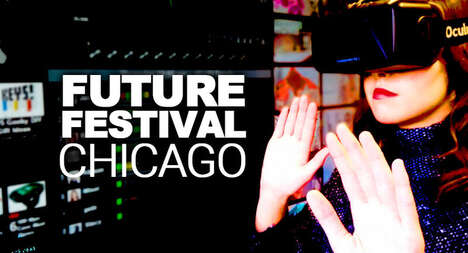
ONE DAY LEFT to Register for Future Festival Chicago
Don’t Miss This Chicago Strategy Conference

Sparking Unexpected Ideas
Senior Art Director at Geometry Global, Veselina Angelova

All-In-One Travel Apps
Sygic's Trip-Planning GPS App Inspires, Handles Bookings and More
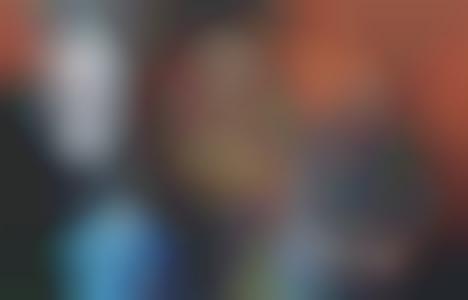
Anchoring in the Future
Frank Spencer, Founder, Creative Director, and Principal at Kedge
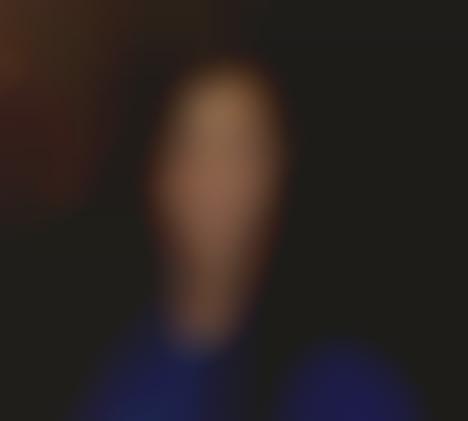
Innovating in Traditional Industries
Shelby Smykal, Corporate Development Specialist at JMIC
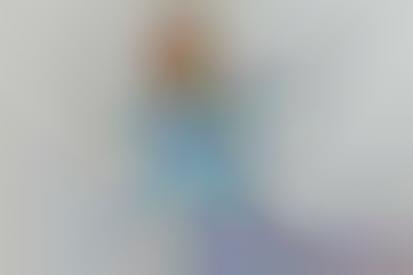
Fostering a Culture of Creativity
Julie Katz, Manager of Syndicated Research at Edgewell
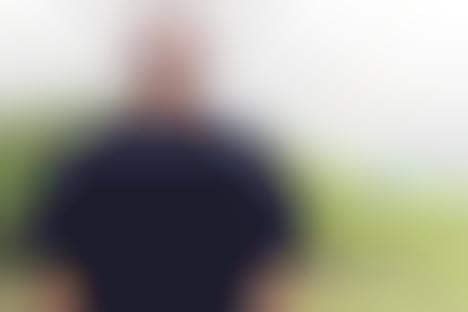
Gaming to Innovate
Roger Mendez, Principal at Propeller Insights
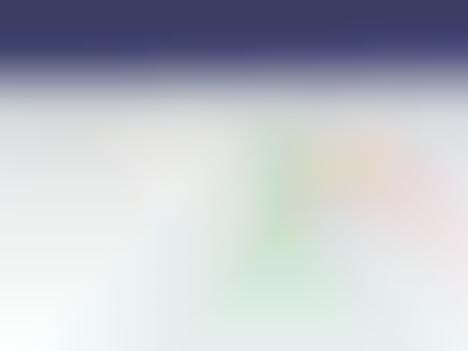
Business Call Marketing Platforms
The 'PhoneWagon' Analytics Software Tracks Calls Uniformly
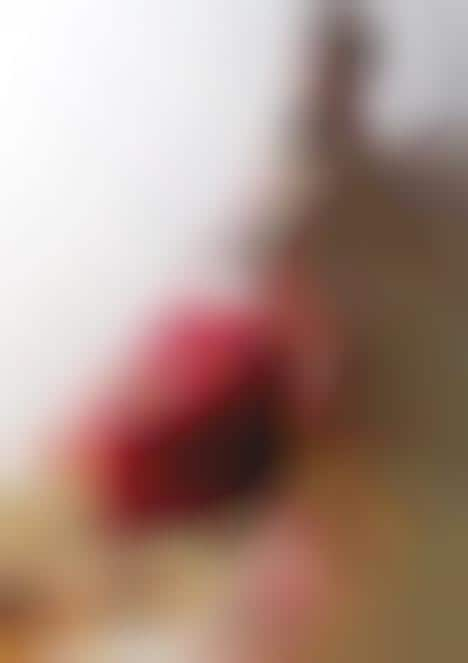
Artistic Lacquered Toilets
'Bidocoro' is a Luxury Toilet Crafted in the Tradition of Lacquerware